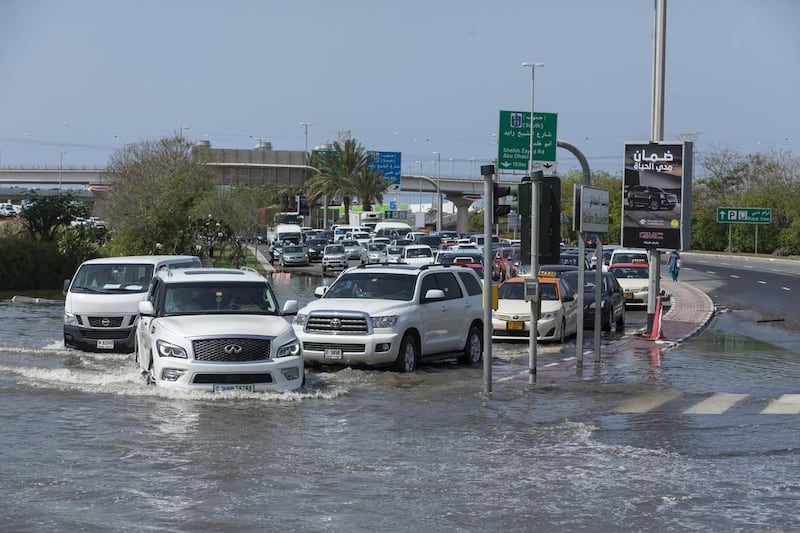Wintery weather in the Arabian Gulf this week has rekindled discussion about climate change and its effect on our society. Rain is, of course, nothing new to this part of the world in the winter months. But the severity and frequency of the showers have some experts considering preventive measures that can be taken before next winter.
In its own way, this shift in thinking reflects a larger shift in the global discussion about climate change. Just a few years ago, the international community would gather and discuss steps that could be taken to stop climate change. The arguments are well rehearsed and follow that human actions are changing the temperature of the planet. The effects would probably be catastrophic for the planet and, so the conversation went, we’d have to reverse the trends responsible for the change.
Today, the tone of the debate is remarkably different. Just as we are considering ways to update our roads to deal with flash flooding during the next round of winter rains, so too are countries considering ways to mitigate (instead of reverse) climate change.
Adopted in December 2015, the Paris agreement on climate change, for example, calls for signatories to halt the increase in global average temperature through the cutting of curbing emissions. Moreover, the agreement attempts to increase our “ability to adapt to the adverse impacts of climate change and foster climate resilience and low greenhouse gas emissions development, in a manner that does not threaten food production”.
This language is significant. The international community is now focused on living with climate change instead of preventing it in the first place.
The Svalbard Global Seed Vault located in Norway 1,300 kilometres from the North Pole is a similar international attempt to prepare for, instead of preventing, climate change. The seed vault is a project that attempts to insure against the loss of seeds during a large-scale crisis spurred on by climate change.
The argument for the seed vault is remarkably simple but one we tend not to think much about. Our systems of agricultural will be the first affected by changes to our climate. Crops could fail because types of grain we depend on are not prepared for dramatic shifts in global temperature. While the effects of food shortages around the world will have a profound social and political effect, they could also change the way we develop as a species.
And so, with a relatively small endowment of money, scientists and agricultural specialists have created repositories of seeds. Imagine a physical library of hundreds of years of human agricultural history. The seeds contained in that frozen vault in Norway could, at some point in the not-too-distant future, be the key to living with climate change.
With the debate shifted to living with a changing climate, initiatives such as the seed vault will continue to pop up around the world. The creativity of the human race will soon be put to its greatest challenge.





